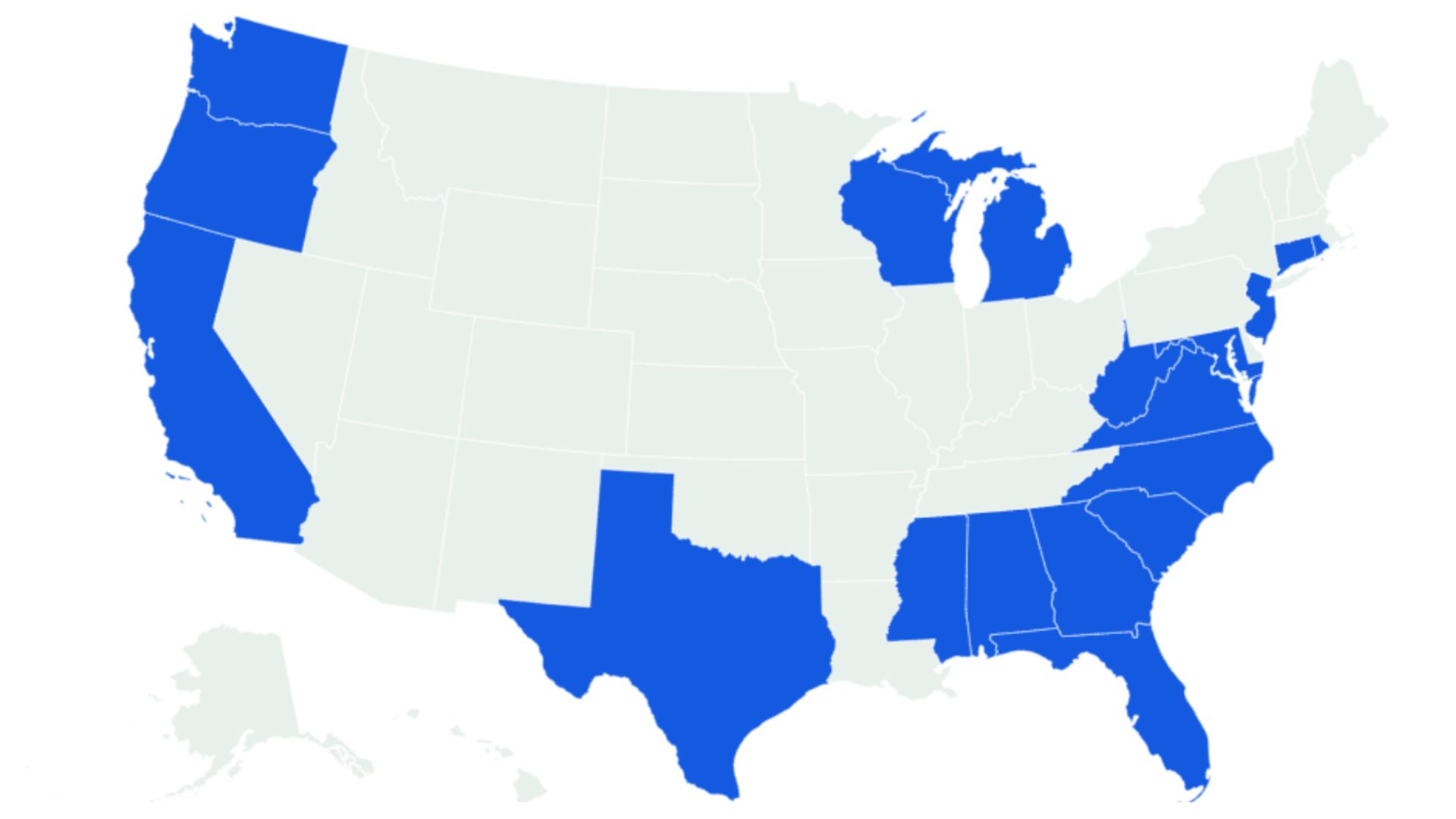Urgent: Carcinogenic PFAS Detected in Drinking Water Nationwide

BREAKING: A shocking new report from the Waterkeeper Alliance reveals that per- and polyfluoroalkyl substances (PFAS), known as “forever chemicals,” have contaminated drinking water sources across 34 states. This urgent finding highlights the pervasive threat of these human carcinogens in the nation’s water supply.
The study, released this month, indicates that PFAS were detected in 83 percent of the waterways tested, with at least one PFAS compound found at 95 of 114 sites sampled. Alarmingly, some states report PFAS levels significantly exceeding the Environmental Protection Agency’s (EPA) maximum contaminant levels, raising serious public health concerns.
According to the report, states including California, Michigan, and South Carolina show troubling levels of contamination. For instance, a South Carolina waterway recorded PFAS levels exceeding 20 parts per trillion (ppt), with PFOA levels hitting 28 ppt and PFOS levels at 30 ppt. Similarly, Michigan waterways topped the charts with PFOA levels reaching 44 ppt, well above the EPA’s limit of 4 ppt.
Officials emphasize the potential health risks associated with PFAS exposure, linking it to various cancers and other severe health conditions. Phil Brown, director of the Social Science Environmental Health Research Institute, stated, “For a lifetime of exposure at these concentrations in our drinking water, the risk of disease is unacceptably high.”
The presence of PFAS in drinking water is not merely a local issue; it’s a national crisis affecting millions. The Waterkeeper Alliance’s findings have ignited calls for immediate action from health advocates and environmental groups, who urge the EPA to strengthen regulations on PFAS and implement a comprehensive multi-contaminant approach to water treatment.
Public health experts warn that long-term exposure to PFAS, particularly during critical life stages, poses serious risks. Graham F. Peaslee, a physics professor at the University of Notre Dame, noted that even low concentrations can have toxic effects, stating, “We have yet to find one that doesn’t disturb human or environmental health.”
The urgency of the situation is compounded by the recent announcement from the EPA, which established legally enforceable limits for six PFAS compounds in April 2024. Public water systems have until 2027 to comply with these monitoring guidelines and must implement solutions by 2029 to ensure compliance with the agency’s standards.
The implications are dire. The Environmental Working Group estimates that over 50,000 lifetime cancer cases could be prevented if water treatment methods were enhanced. The data underscores a troubling trend: PFAS have been widely used in consumer products like nonstick cookware and stain-resistant fabrics, leading to widespread contamination of water sources.
As the public grapples with the health ramifications, advocacy groups are rallying for immediate reforms. The Waterkeeper Alliance, encompassing over 300 community-based groups, emphasizes the need for citizen action on water pollution issues. Their findings serve as a crucial wake-up call for lawmakers and the public alike.
In a statement, Jennifer L. Freeman, a toxicology professor at Purdue University, stressed the importance of reducing PFAS exposure. “We need to strengthen drinking water monitoring and treatment to ensure public safety,” she stated.
What’s next? As the situation develops, residents in affected areas are urged to consider filtration options to mitigate exposure. The urgency for enhanced testing and regulatory oversight is greater than ever, as millions depend on clean and safe drinking water.
Stay tuned for further updates as this critical story unfolds. The health of countless Americans hangs in the balance as authorities and environmental groups work to address this pressing issue.






